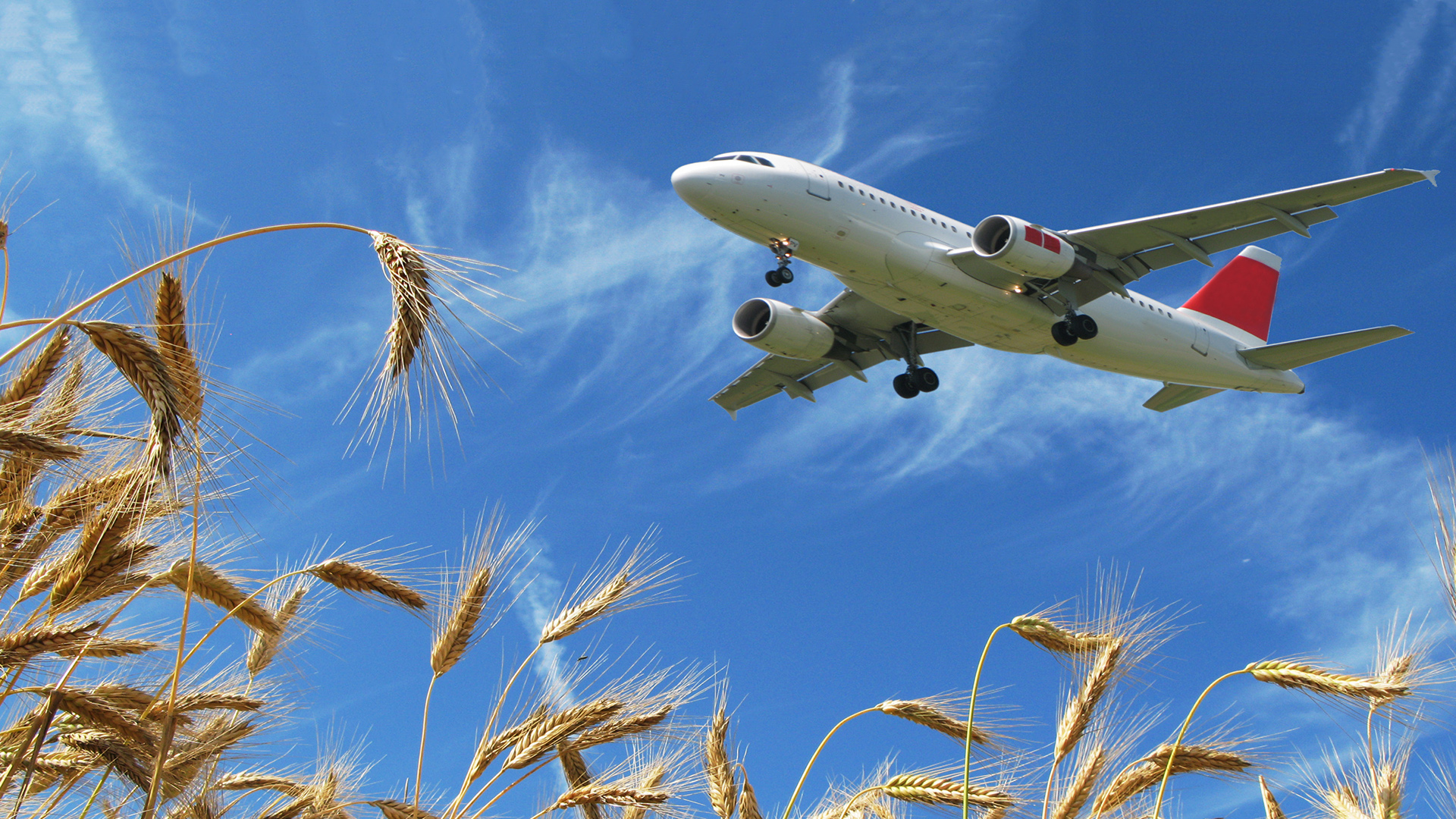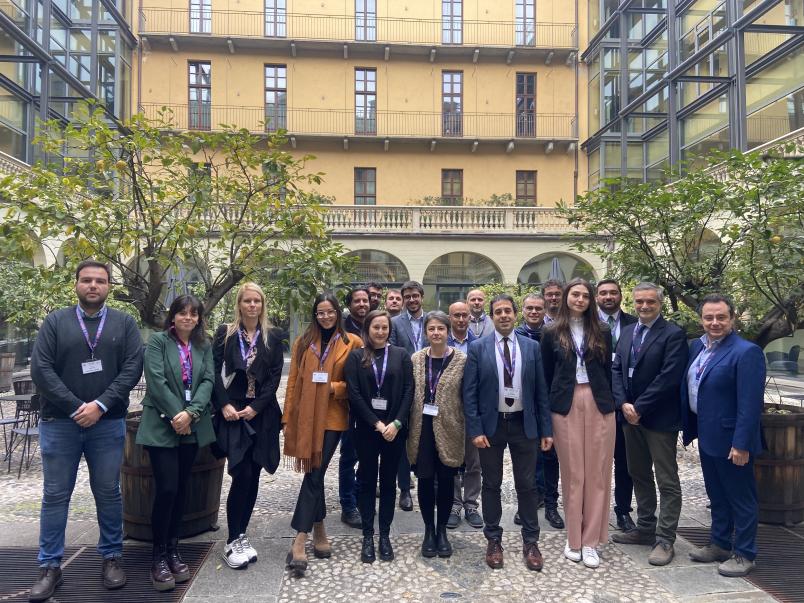
MIMOSA project designs next-generation sustainable aircrafts

The Project MIMOSA (Multimaterial airframes based on 3D joints between AM metals and carbon-fiber composites) has officially started at the Politecnico under the guidance of professor Giorgio De Pasquale - funded by the European Union within the "Horizon Europe" program - and over the next three years it will lead to the industrialization of a new type of aeronautic structure for the aircrafts of new generation.
The team that will conduct the project, composed by six companies and two research centers, is led by Prof. De Pasquale from the Smart Structures and Systems Lab of DIMEAS Department at the Politecnico (Italy), and includes preeminent companies such as Leonardo, TÜV-Italia and Bytest (Italy), Veplas (Slovenia), F3nice (Italy-Norway), GBP Metal Group (Spain) and the Joanneum Research Center (Austria).
The MIMOSA project aims to support the next generations of aircrafts, which will necessarily follow production criteria with reduced environmental impact and lower need for raw materials. The reduction of pollution and the use of harmful substances will be a precise project target, not only with regard to the flight, but also for the entire production chain of the aircraft and for its dismantling at the end of service. From this point of view, it is therefore important to renew the production methods, transportation and assembly of the structures composing the aircraft. It’s important to reduce the intermediate phases as much as possible, to integrate the processes and to contain the geographical dispersion of suppliers. Similarly, at the end of the aircraft life, it is necessary to recover as much materials as possible, to regenerate them and to convert them into new structures. This need, as well as for environmental reasons, will be increasingly urgent also to increase independence from raw materials that could be precluded by geopolitical instabilities.
“These ambitious goals require innovative technological solutions, which look at the new generations of production processes – Prof. Giorgio De Pasquale observes - It will be relevant to integrate them with effective, reliable, economical and sustainable solutions. In this sense, the MIMOSA project will lead to the production, exploiting specific patents of Politecnico, of multi-material structures composed of metal alloys and composite materials without intermediate elements (adhesives or rivets) through the integration of metal additive manufacturing, surface plasma treatments and carbon fibers. At the end of life, the structures made with MIMOSA technology can be regenerated thanks to the ‘atomization’ process that reduces the metal waste into powder with controlled granulometry and composition, which becomes a secondary raw material for additive manufacturing.”
Finally, the regulatory aspect is very severe in the aeronautical field and for this reason a big effort will be provided in defining industrial production lines that satisfy the present and future safety and homologation requirements. At present, the special processes involved are regulated only marginally, and MIMOSA is expected to provide a substantial contribution to their standardization.
The industrial impact of the project will reach even industrial sectors very different from the aeronautic field and many dissemination initiatives will be proposed to share the new competence of the MIMOSA technology.